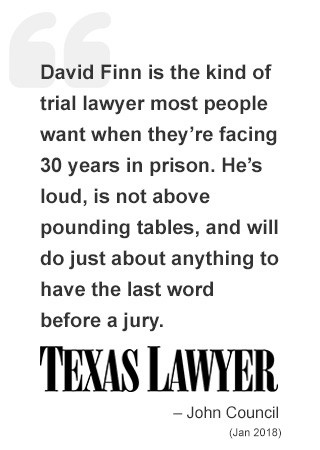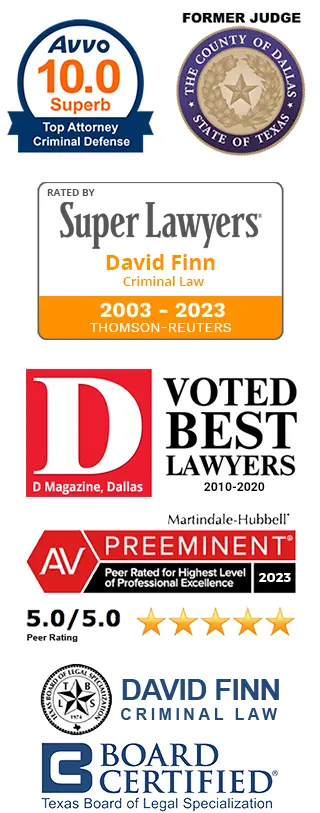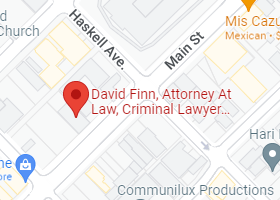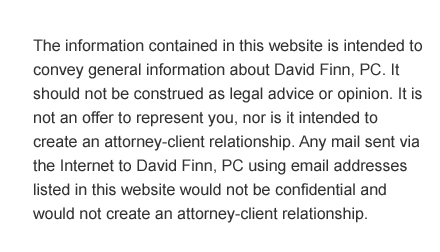

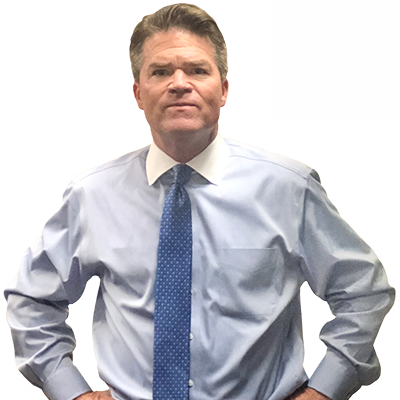
Federal Sentencing – Incarceration of Non-violent Drug Offenders
Amy Baron-Evans, Sentencing Resource Counsel, Enforcing the New Sentencing Law:
Advanced Federal Criminal Appellate Practice Seminar, March 2006.
“Rehabilitation was not taken into account in formulating the guidelines.” Id.
at 10.
“The [Sentencing Commission Fifteen Year] Report criticizes mandatory
minimum penalties for creating unwarranted uniformity, unwarranted
disparity, and undue severity, and for bypassing collaboration with essential
participants and criminological research as sources of sentencing policy
development. However, the Report essentially acknowledges that the
Commission took a bad idea and made it worse.” Id.at 13.
“Congress intended to establish a two-tiered penalty structure with five-year
mandatory minimums for “managers of the retail traffic,” and ten-year
mandatory minimums for “manufacturers or the heads of organizations.” Id.
at 13.
Harley G. Lappin, Good Conduct Time under the Prison Litigation Reform Act, U.S.
Department of Justice Federal Bureau of Prisons, March 31, 2006.
Available at: http://www.bop.gov
“…an inmate subject to the PLRA can earn up to the full 54 days credit for
GCT…if the inmate has earned or is making satisfactory progress toward
earning a GED credential.”
“…an inmate subject to the PLRA is to earn up to 42 days credit for GCT per
year… if the inmate has not earned or is not making satisfactory progress
toward earning GED credential, unless, the inmate alien is subject to a final
order of removal, deportation, or exclusion.”
Margo Schlanger and Givovanna Shay, Legally-Sanctioned Negligence, TomPaine.com,
March 23, 2007.
Available at: http://www.tompaine.com/articles/2007/03/23/legallysanctioned_negligence.php
“Passed in 1996, the Prison Litigation Reform Act contains a number of
provisions that shield abuse and inhumane treatment from judicial—and
hence public—scrutiny.”
“The PLRA bars damages for constitutional violations that do not lead to
physical injuries—so that even proven violations that relate to freedom of
religion, free speech or due process of law go uncompensated. And the
PLRA bars courts from considering meritorious constitutional claims if
prisoners have failed to comply with each and every one of the myriad
technical requirements of a prison’s administrative complaint system before
going to court.”
John Irwin, Ph.D., America’s One Million Non-Violent Prisoners (March 1999), Justice
Policy Institute Policy Report.
Available at: http://www.justicepolicy.org/article.php?list=type&type=83
“The European Union, a political entity of 370 million, has a prison population
including violent and nonviolent offenders, of roughly 300,000. This is onethird
the number of prisoners which America, a country of 274 million, has
chosen to incarcerate for just nonviolent offenses.” Id. at 5.
“The 1,185,458 nonviolent offenders we currently lock up represents five
times the number of people held in India’s entire prison system, even though
it is a country with roughly four times our population.” Id. at 5.
The Sentencing Project, The Federal Prison Population: A Statistical Analysis.
Available at: http://www.sentencingproject.org/pdfs/federalprison.pdf
“Nearly three-fourths (72.1%) of federal prisoners are serving time for a nonviolent
offense and have no history of violence.” Id. at 1.
United States Department of Justice, Bureau of Justice Statistics Fact Sheet, Profile of
Nonviolent Offenders Exiting State Prisons, October 2004.
Available at: http://www.ojp.usdoj.gov/bjs/pub/pdf/pnoesp.pdf
Among nonviolent releasees, about 1 in 5 were rearrested for a violent crime
within 3 years of discharge. Id. at 2.
McVay, Schiraldi and Zeidenberg, Justice Policy Institute, Treatment or Incarceration?
National and State Findings on the Efficacy and Cost Savings of Drug Treatment Versus
Imprisonment (March 2004).
Available at: http://www.justicepolicy.org/reports/report-a-toi.html
A prison setting is ill-suited for the most effective approach to persistent drug
abuse, which consists of a broad framework of substance abuse counseling
with “job skill development, life skills training, [and] mental health assessment
and treatment.” Id. at 18.
John Fuquay, Expanding prison mean more jobs, Fayetteville Observer, July 20, 2008.
Available at: http://www.fayobserver.com/article?id=299734
Highlights how mass incarceration trends are supported by economic
incentives underlying the prison industry.
For some communities, new prisons mean “jobs and money for the local
economy” — “a positive” addition to the community. Id. Rather than fear
escaped inmates, “[m]ost people are excited about the jobs.” Id.In one rural
North Carolina county, plans for a landfill were scrapped in favor of a prison.
Id.
Phone Numbers
Office: (214) 538-6629


